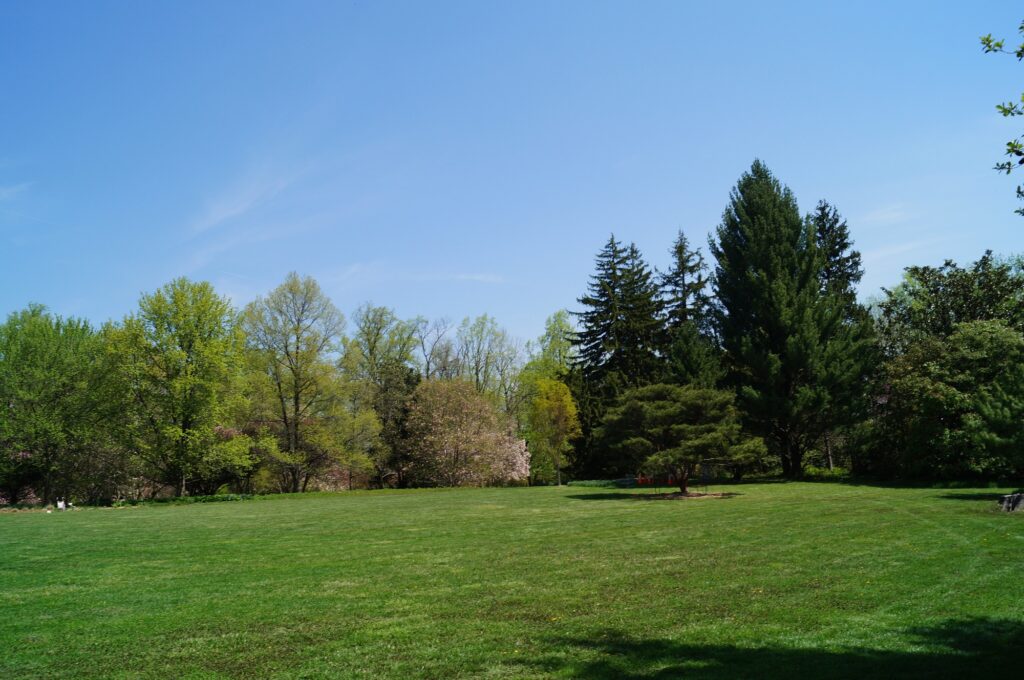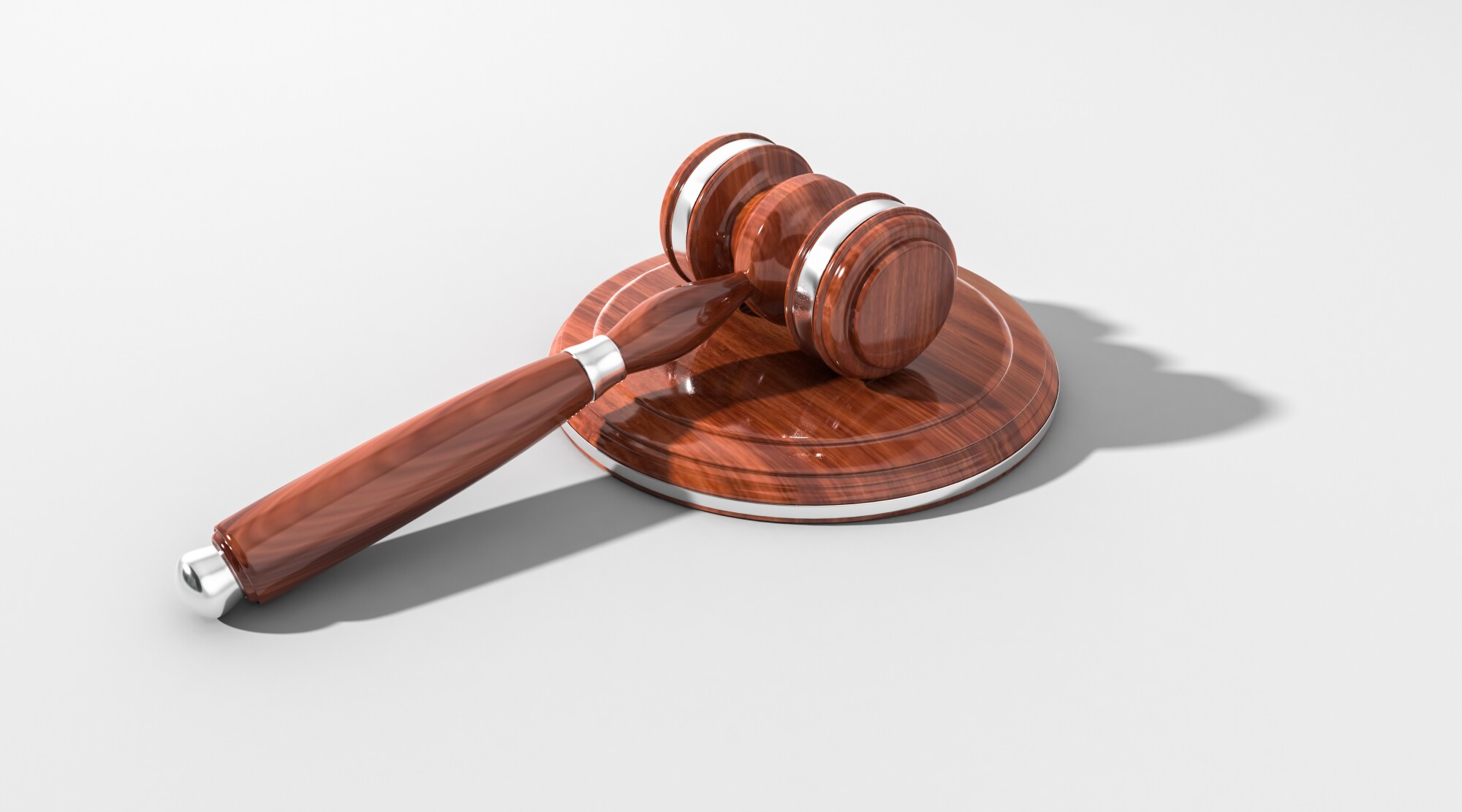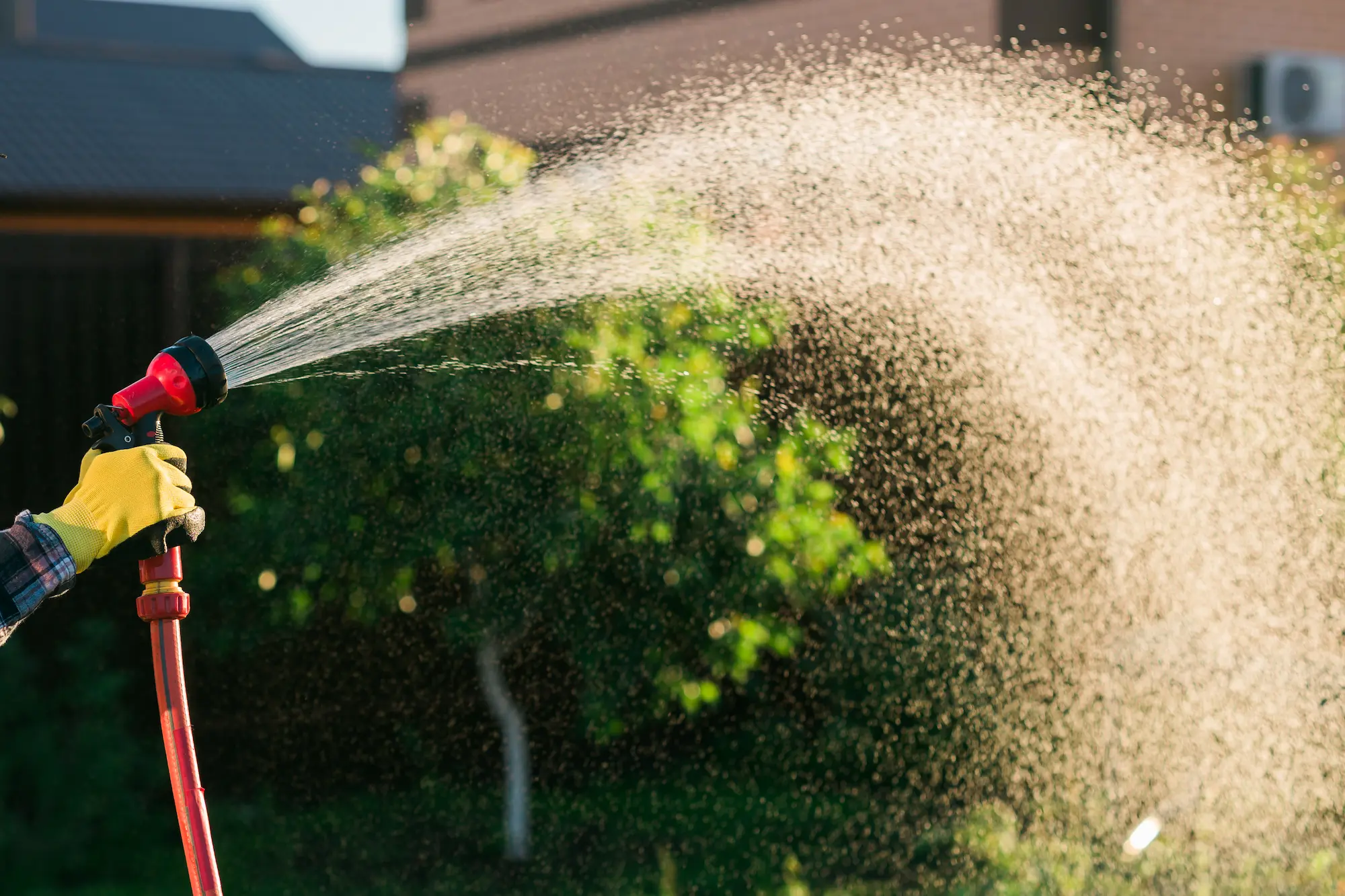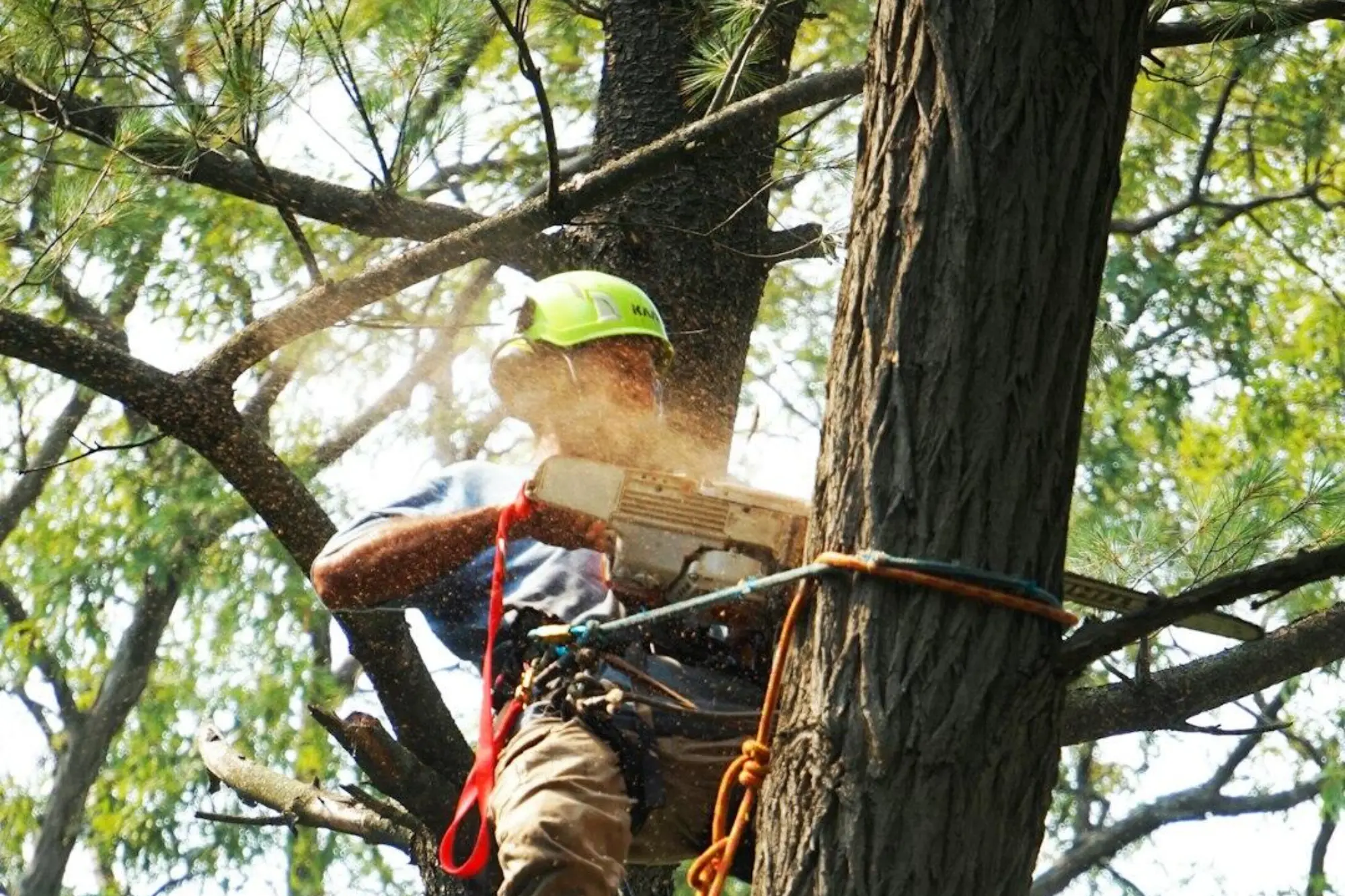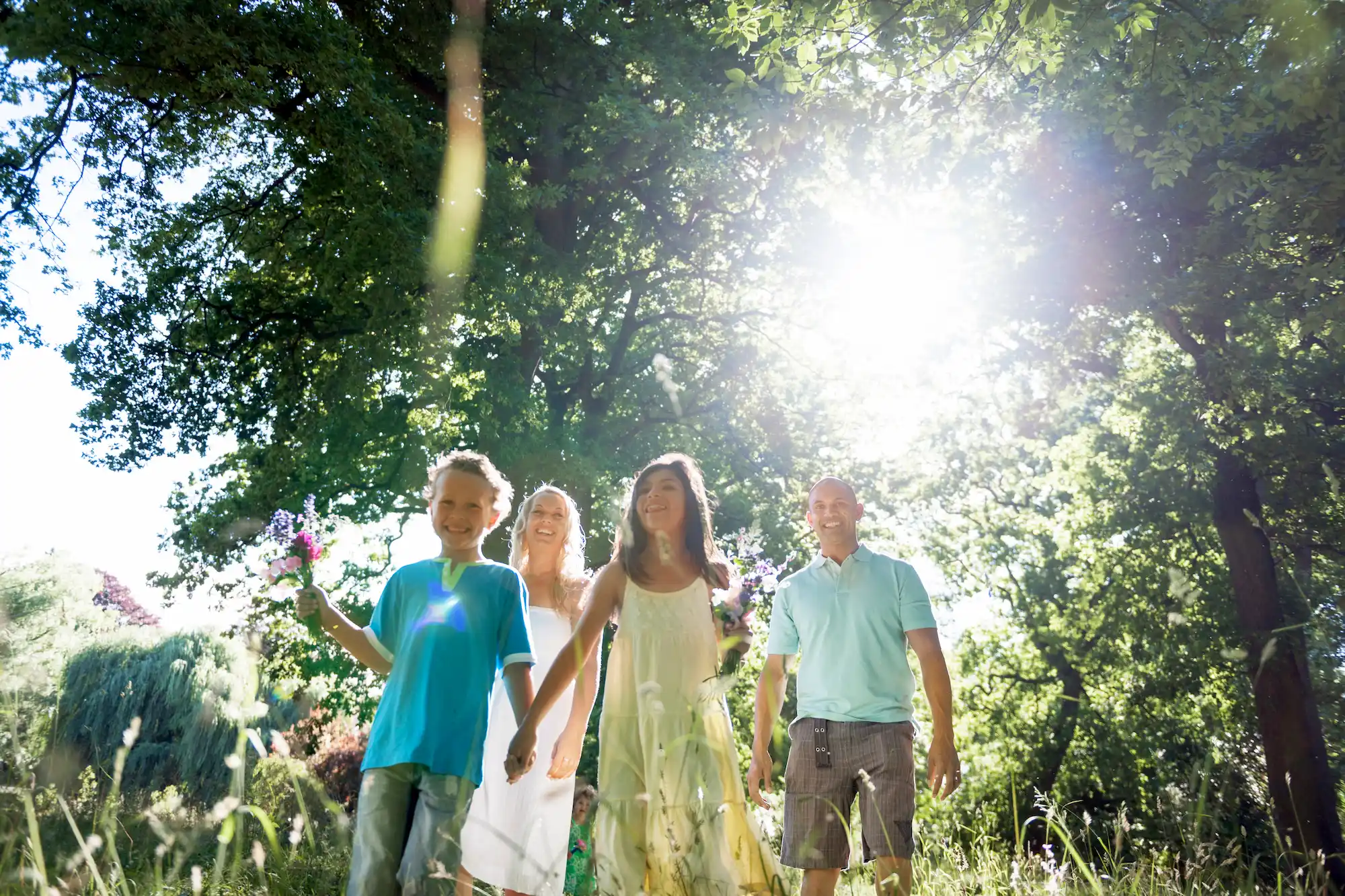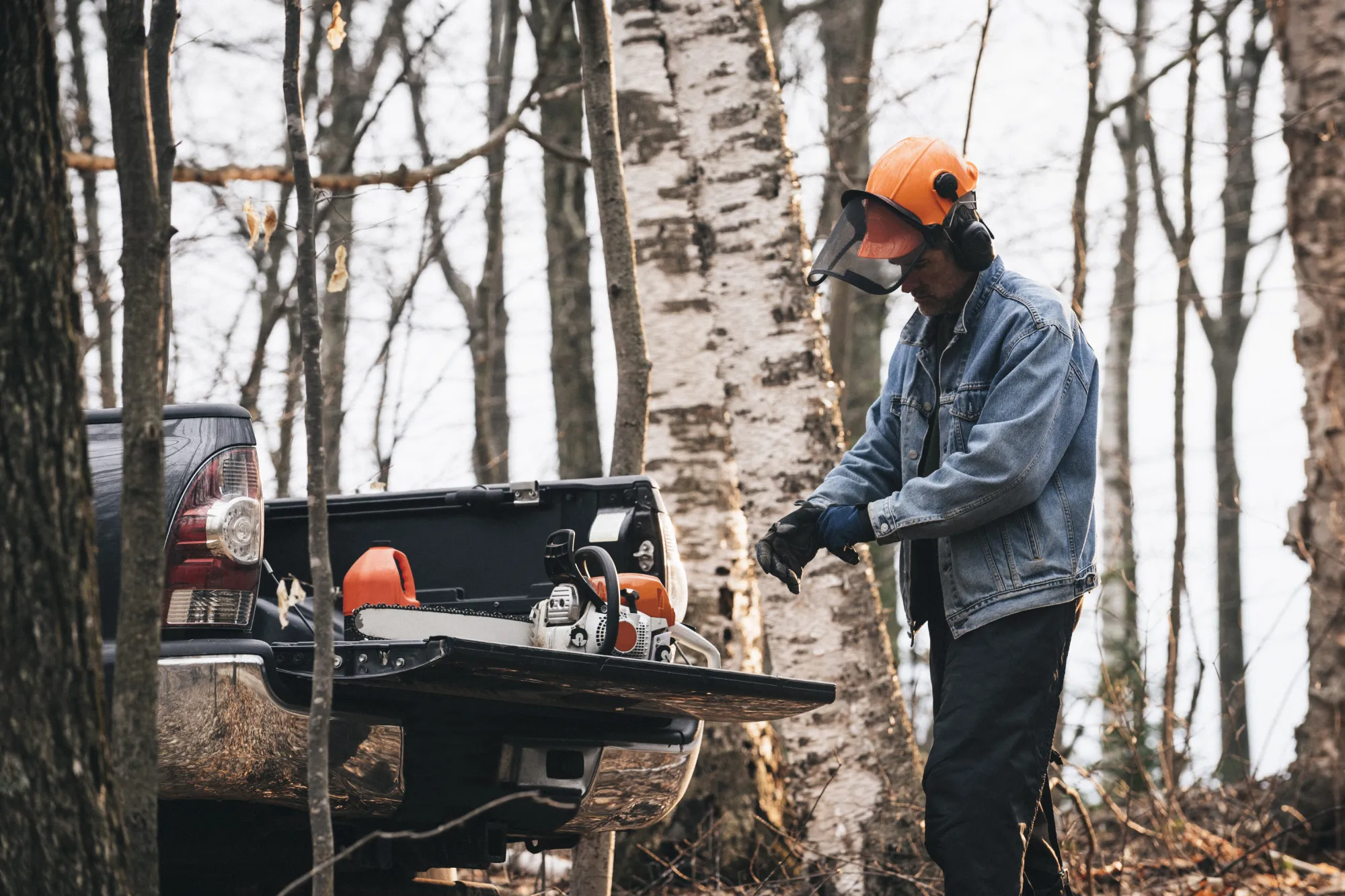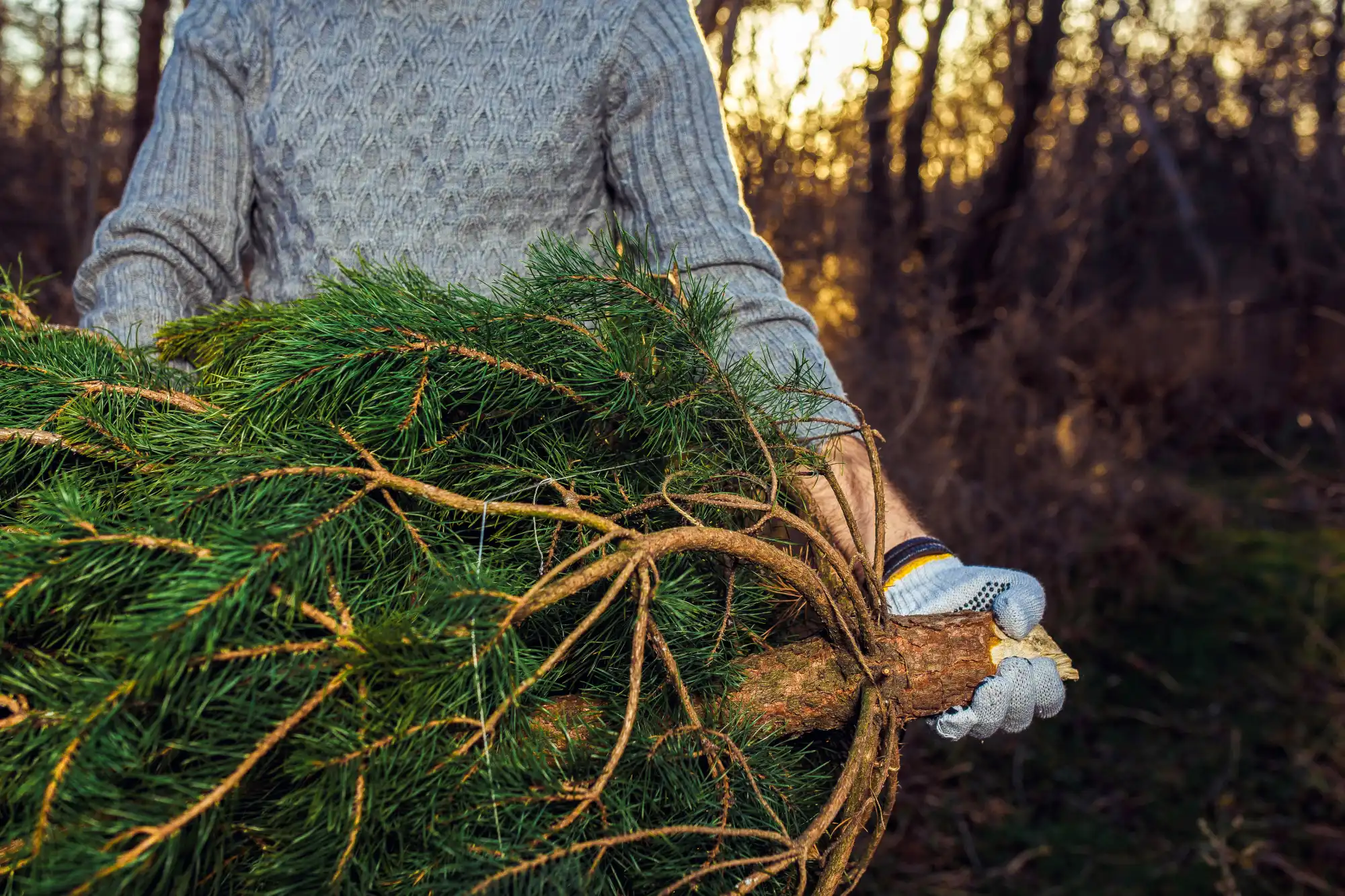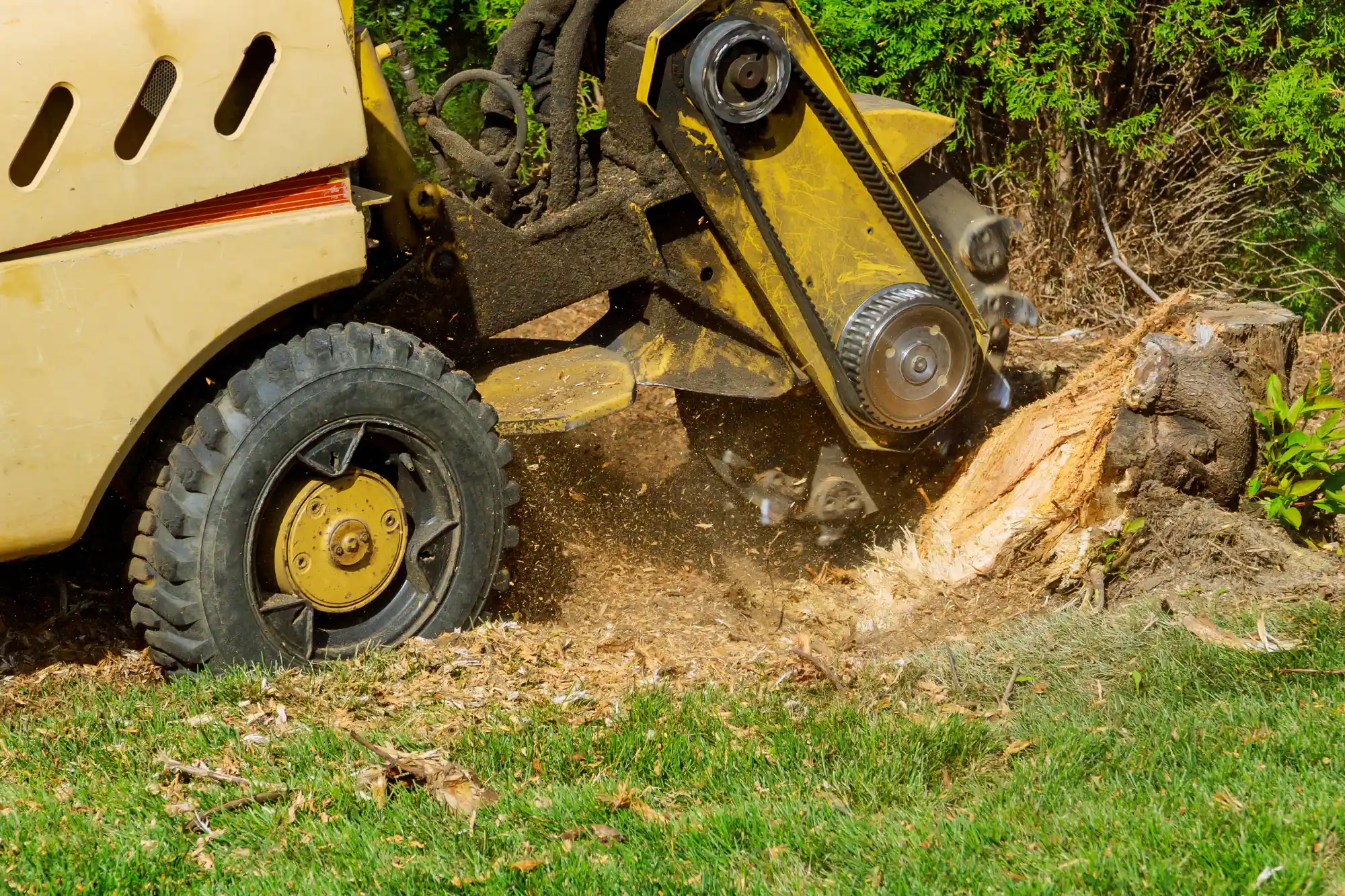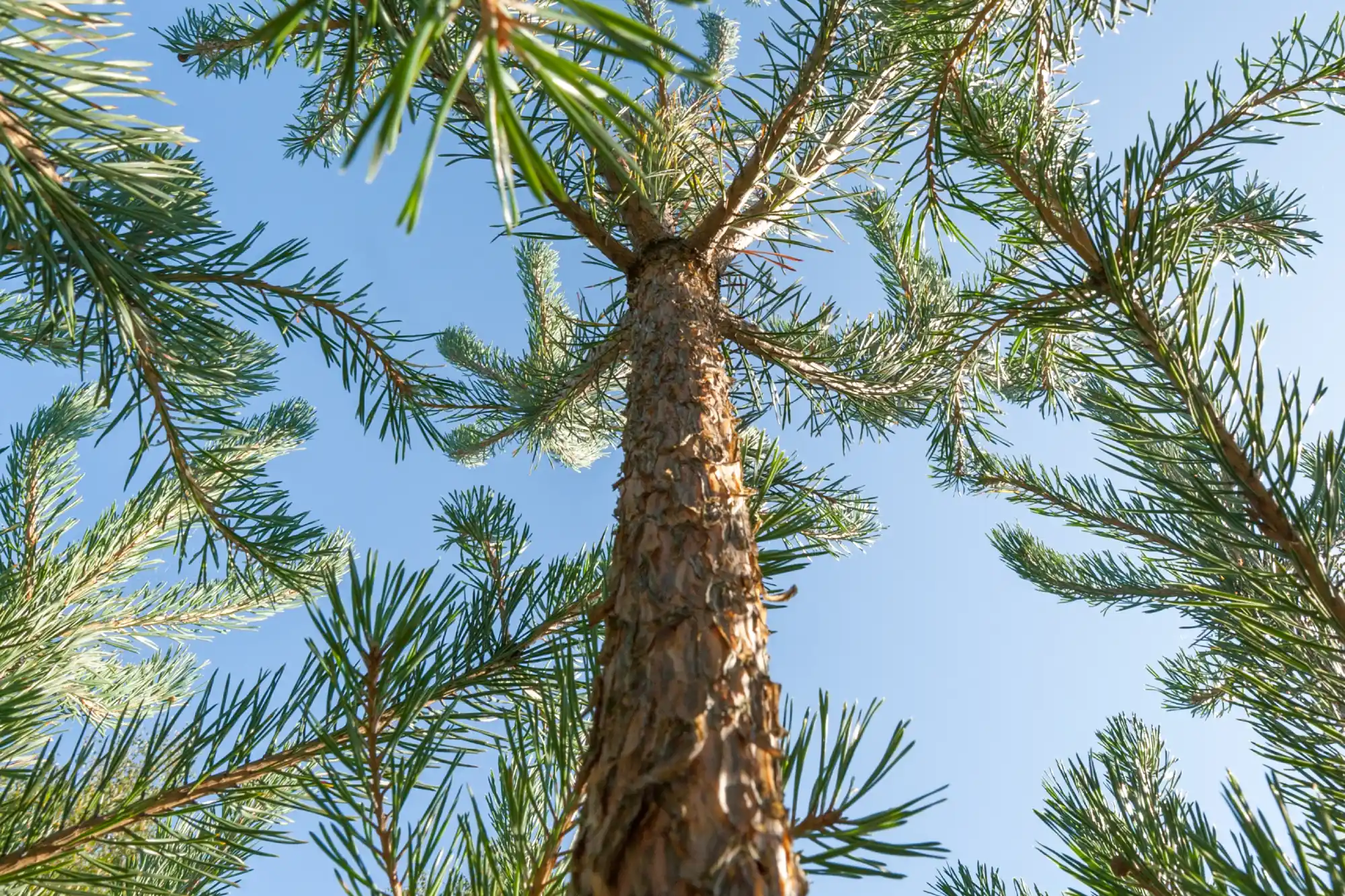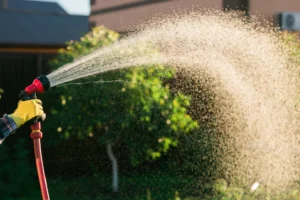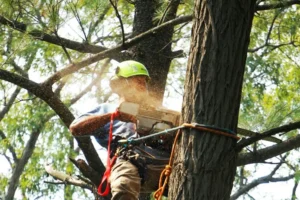According to the EPA, shade from trees can reduce surface and air temperatures by 20 to 45°F, helping reduce your reliance on air conditioning at home and work. As such, they play a huge role in reducing carbon emissions and combating global warming.
Trees also improve air and water quality in their immediate environment and greatly enhance the aesthetics of your property. Thanks to the diversity of trees, you can choose from eight different tree shapes to suit your landscaping and improve your green spaces.
Keep reading for some tips on how to select trees by shape.
Pyramidal Trees
As the name suggests, these trees have a broad base and narrow top, like a classic Christmas tree. The bald cypress, native to Texas, is a great example of a pyramidal tree that can grow up to 80 ft. tall.
Plant them where they have plenty of room to spread out for a gorgeous display of eye-catching fall colors and summer greenery.
Other examples of pyramid-shaped trees include blue spruce, linden, and American holly.
Open-Head Irregular Trees
These trees create wonderful shade thanks to their irregular, random branching habit. The best-known ones are silver maple, hickory, and buckeye.
Horizontal Spreading Trees
These massive, spreading trees have branches that protrude horizontally up the tree trunk. If you’re growing new trees, remember that these specimens need plenty of room to spread out and are best suited to very large gardens.
Eastern red cedars, red and white oaks, and witch hazel are horizontally spreading trees.
Fastigiate Tree Shapes
Fastigiate tree branches are almost parallel to the main stem.
They have multiple trunks, making them perfect for creating a privacy screen or sound buffer in your yard, especially if you choose an evergreen species like columnar eastern white pine.
Columnar Trees
Columnar trees have a similar shape to fastigiate trees. Their branches are uniform in shape and spacing, giving them a neat appearance.
As such, this is a good tree shape for landscaping in formal gardens. Red maples, quaking aspen, sugar maples, and Lombardy poplars are columnar trees.
Weeping Trees
The graceful dome shape of these trees helps to soften the look of any yard. They’re excellent ornamental specimens, with branches that can swoop to the ground.
Brich, hemlock, black willow, and katsura are all weeping trees.
Globe-Shaped Trees
These round-topped trees make a great focal point in your yard thanks to their evenly shaped rounded top. Black maple, redbud, flowering dogwood, and hackberry are all types of globe-shaped trees.
Vase-Shaped Trees
Boxelder and striped ample are examples of vase-shaped trees. Their branches grow sharply upward, making these trees ideal for sidewalks, as they don’t obstruct the view for drivers and allow pedestrians to pass unhindered.
Enjoy the Benefits of Trees
Regardless of the tree shapes you choose for your yard, they must receive regular maintenance and care to stay at their best. We can assist with arborist assessments, tree removal, tree felling, pruning, bracing, and stump grinding.
Get in touch for assistance with keeping your trees in great shape all year.



